In the world of grinding, the variables are as numerous as the needs of home baristas are. There is the barman who fills hundreds of cups every morning, all strictly espresso; there is the one who jealously guards his or her own special blends, the result of years of experimentation; there is the one who must satisfy very demanding palates, fond of pure mono origin, every day.
So what is the best coffee grinder? How do you find your way around all the models offered on the market and in particular those carried by our store?
There are no strict rules that determine how to choose a coffee grinder, but we can give some indications that can help the barista to orientate himself in this choice.
How to choose a coffee grinder: the level of consumption
One of the first considerations that should be made in order to choose a coffee grinder is the amount of ground coffee that you think will be produced. Not only in terms of daily consumption, but also how it is distributed throughout the day. In fact, it is very different if the need is to grind, for example, 6 kilos throughout the day or if those same 6 kilos are concentrated in the early morning.
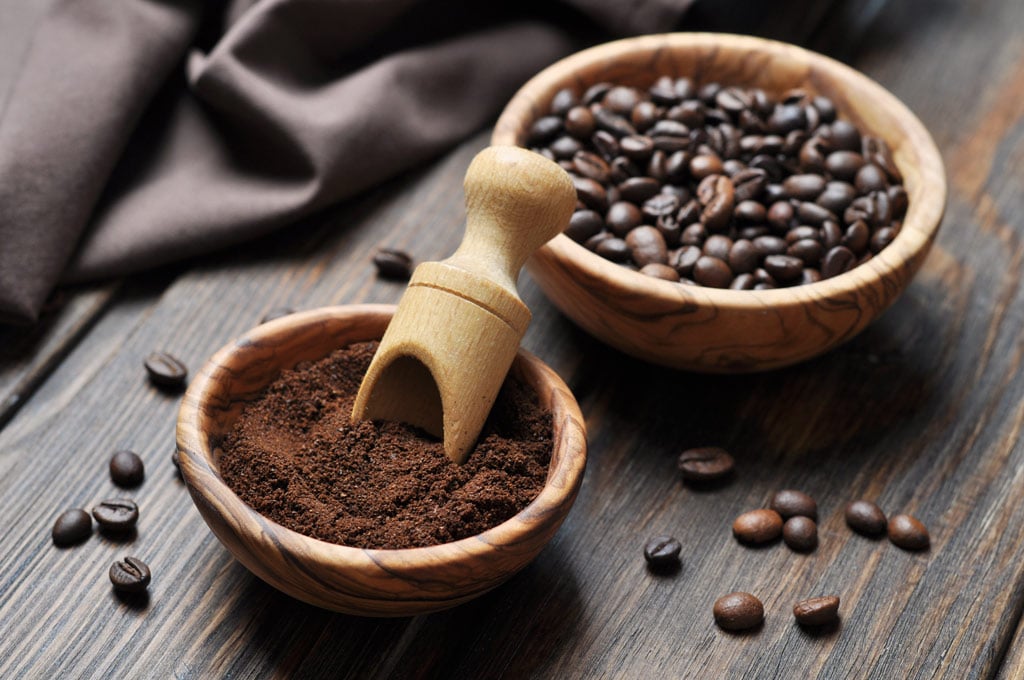
The estimate of the quantities serves to understand the levels of productivity that the grinder must withstand, both to deliver the required amount of grounds at the right time, and to prevent frequent use from sending the grinding system to “thermal”. The thermal system protects the electric motor; before reaching a high temperature, the appliance switches off automatically to avoid damaging the engine, and therefore, negatively affecting its performance.
Depending on the productivity of each product, coffee grinders can ideally be divided into the following categories:
- Professional, high productivity, for large quantities of grounded coffee.
- Prosumer, medium productivity, for baristas interested in experimenting or grinding a smaller amount every day. These grinders are aimed at private users but offer performance and features suitable for the needs of professionals.
- Domestic, suitable for a smaller use, even for the household which can be found from our store.
The professional coffee grinders are, for example, Olympus, Mythos, Zenith or Atom Specialty lines, designed to meet the needs of professionals in the sector, providing a lot of coffee in a short time. The Atom 60, Mignon Specialty and Mignon Brew Pro models belong to the Prosumer category, while the rest of the Mignon range belongs to the domestic segment.
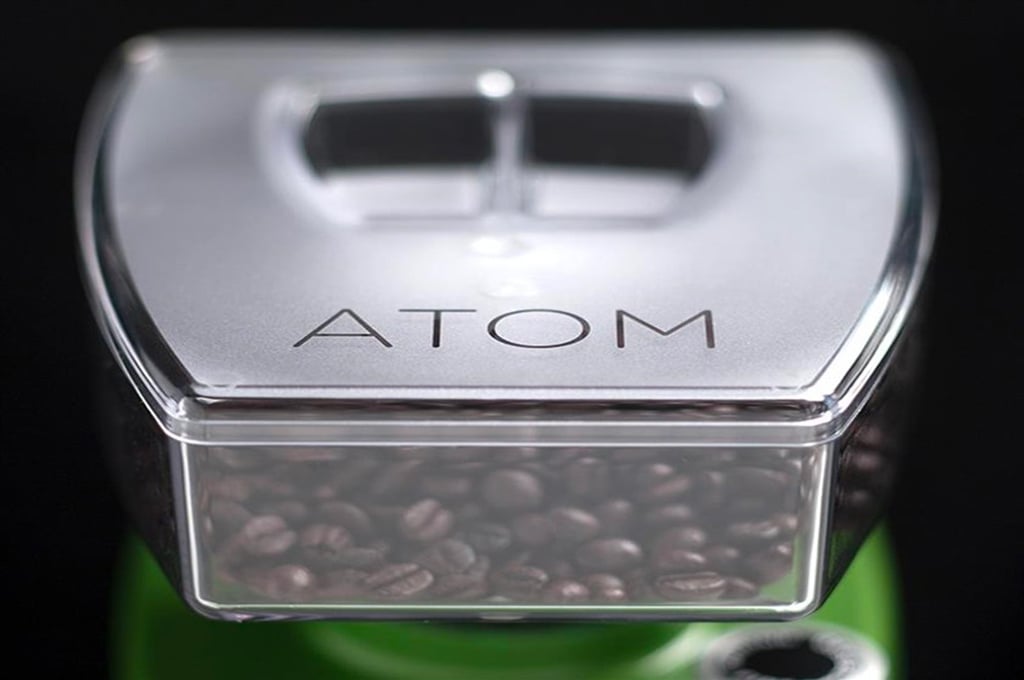
There is also a "Retail" category, represented by the Drogheria MCD4 model, which is not intended for bars, but designed to meet the needs of roasters and retailers.
Depending on the model, the performance changes, the design and the size of the burrs change, the technologies adopted and the grinding chambers are different. The geometry of the burrs, in particular, greatly affects productivity.
How to choose a coffee grinder: the type of coffee
Once the volumes have been determined, it is necessary to analyse the type of coffee to be obtained and, therefore, the degree of grinding necessary. In fact, some coffee grinders, like the models from our Olympus, Zenith and Atom Specialty lines, are designed for espresso; others, like the new brand Mignon Filter range, are dedicated to the filter; others guarantee a particulate quality suitable for every kind of preparation (Espresso & Brew), which it is the case for the Atom 60 and the Mignon of the Silent line.
For types of coffee usually characterised by low daily consumption, such as specialties, single-origin or decaffeinated, an effective solution is to keep more Mignon grinders on the counter that are specifically dedicated to them. In this way, it is not necessary to change the adjustment every time, and there is no danger of contaminating the different types of coffee. Some bartenders use up to 3 coffee grinders at the same time, each for a different type of coffee.
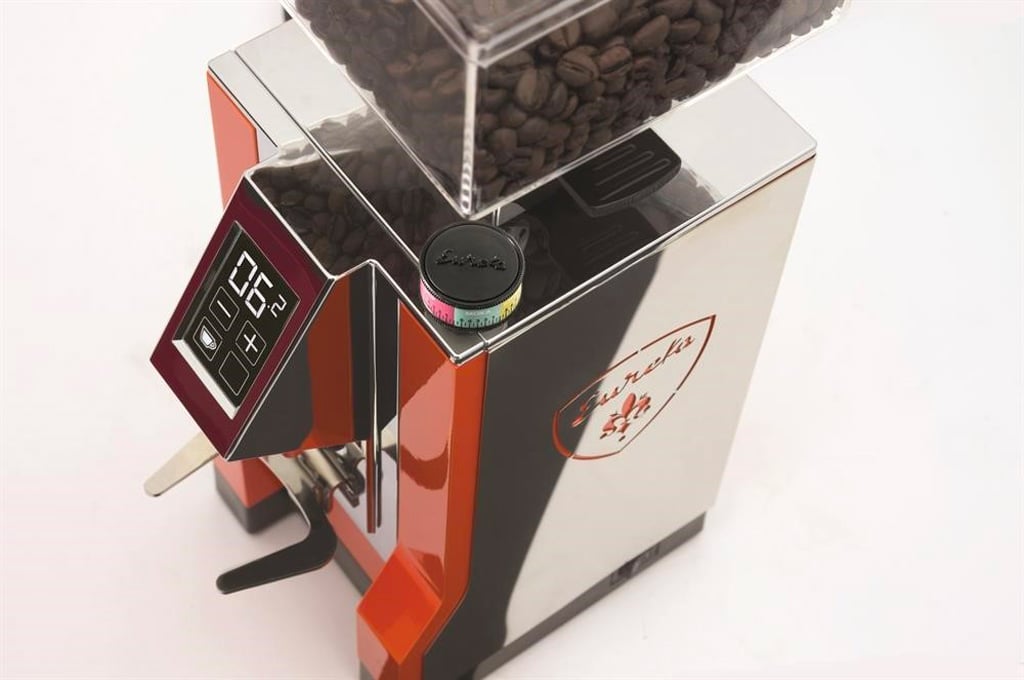
How to choose a coffee grinder: on demand or with a dispenser
Another important element to keep in consideration when asking how to choose a coffee grinder is that relating to the preference between a grinder on demand, which is increasingly more requested worldwide, and a grinder with a doser, more traditional and widespread especially in Italy, in Mediterranean Europe and in North Africa.
Coffee grinders with a dispenser, or grinder dosers, are those equipped with a container, usually on the front, where the grounds are collected and stored. The coffee is dispensed by means of a small lever, placed next to the dispenser, which opens a lower nozzle, adjusted to deliver exactly the desired amount of coffee. The filter holder is usually placed underneath it: in general, the dosers are used for espresso coffee, in a single dose with only one application, in double dose by operating the lever twice.
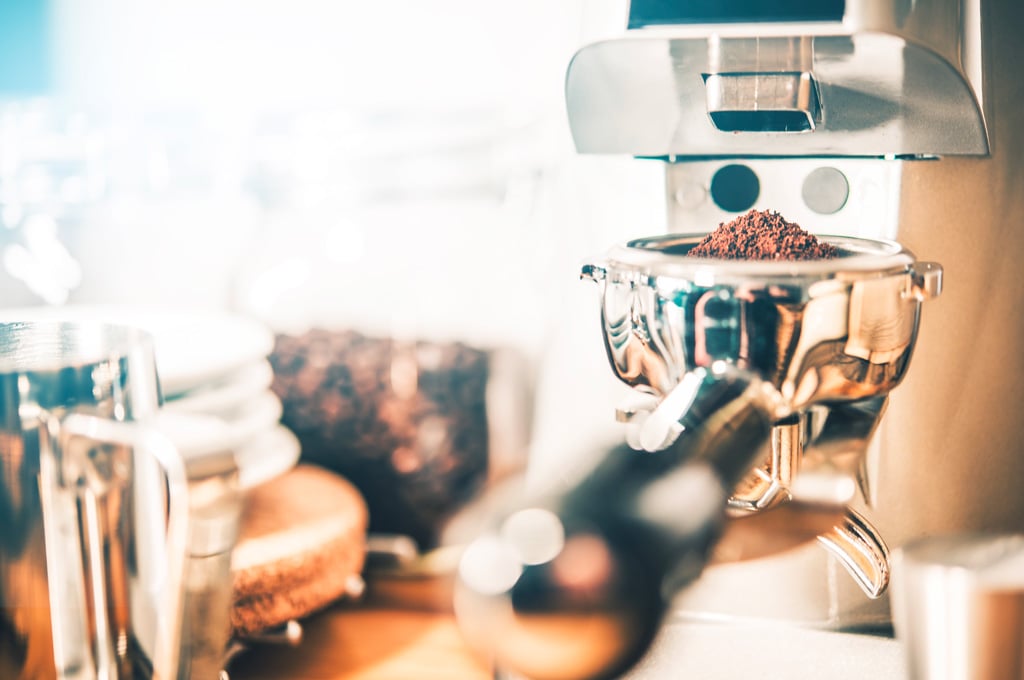
In the coffee grinders on demand, there is no longer a space for preserving the grounds, but the coffee beans are ground immediately (on demand precisely), directly in the portafilter (with espresso coffee) or in the various brew instruments in the case of filter coffee. In this way, all the characteristics and aromas will always be fresh, with a high-quality cup of coffee, since all the intrinsic characteristics of the beans are still intact.
Probably, especially in the first on demand models that appeared on the market, this grinding was going to lengthen its working time behind the counter, since the coffee is ground every single time you want to serve a cup of espresso. But the enormous technological evolution that the entire sector has experienced and continues to express in our days, has brought very fast and very easy to use grinders to the market today, a perfect compromise between quality and speed in service.
The dispenser is certainly convenient for large volumes of production, but the permanence of coffee in the room involves the loss of different qualities and aromas. Therefore, for on-demand products, on demand is more appropriate. Those looking for a particular coffee, and who use special or high-quality beans, cannot rely on a dispenser product to maintain that all characteristics remain unaltered.
Eureka offers models from both categories, both in the Olympus line and in the Zenith line. The products from the Mignon line are all on demand, as well as in the Atom range and the Mythos.
How to choose a coffee grinder: conical or flat grinder burrs
Most coffee grinders use flat burrs, which consist of a metal disc, usually steel, with a series of plates around it. Alternatively, there are conical burrs, one larger and one smaller, with a shape that resembles a toothed cylinder and which are mounted one inside the other.
Let's debunk a myth: there is not a great discrepancy at a practical level between the two, the choice is mainly related to personal preferences and the productive tradition of the company that makes the coffee grinder. However, there are some differences, and it is useful to know them to understand how to choose a coffee grinder.
In general, the conical burrs are more suitable for very high consumption and perhaps more rarely incur blockage problems. On the other hand, they have a higher price and their maintenance is more demanding, since replacing them is usually more complicated. It is also said that the conical burrs, with the same engine, produce more, but this is a simplification that we cannot fully confirm.The flat burrs have a greater ease of maintenance and, unlike the past, they last as long as the conics, thanks to the use of materials other than steel, such as titanium, and special finishes such as Red Speed and Diamond Inside treatments, the latter has a cryogenic thermal process, patented by us, which provides the grinder with greater resistance to wear and therefore increases its durability.
If flat burrs are used, it is important that they are perfectly parallel to each other, to avoid losing the optimal particulate distribution for espresso extraction. In the case of conical burrs, however, the quality of the distribution will be guaranteed only if the burrs are perfectly concentric, with the axis coinciding. Consequently, regardless of the chosen form, it is essential to rely on high-level manufacturing companies, able to position the burrs very precisely at the factory level, through specific mechanical processes.
How to choose a coffee grinder: other considerations
There are additional aspects to consider when questioning how to choose a coffee grinder. Ease of use is one of these. Not all baristas have the time or the interest to study complex interfaces, full of functions and requiring study and skills to be used. Simplicity is particularly important in all those products, which are still not widespread in specific reference markets, such as on demand in Italy. An immediate and intuitive approach helps to overcome the diffidence and immediately understand the new advantages and new possibilities.
Eureka products are designed to produce the best quality grounds and meet the most refined needs, without complicating the life of the baristas. Among our latest innovations, for example, is the Easy Setting, a knob with a coloured label that allows you to adjust the distance of the burrs at a glance. The precision of the regulation remains the same, but those who need to change the type of grind often can do it much faster.
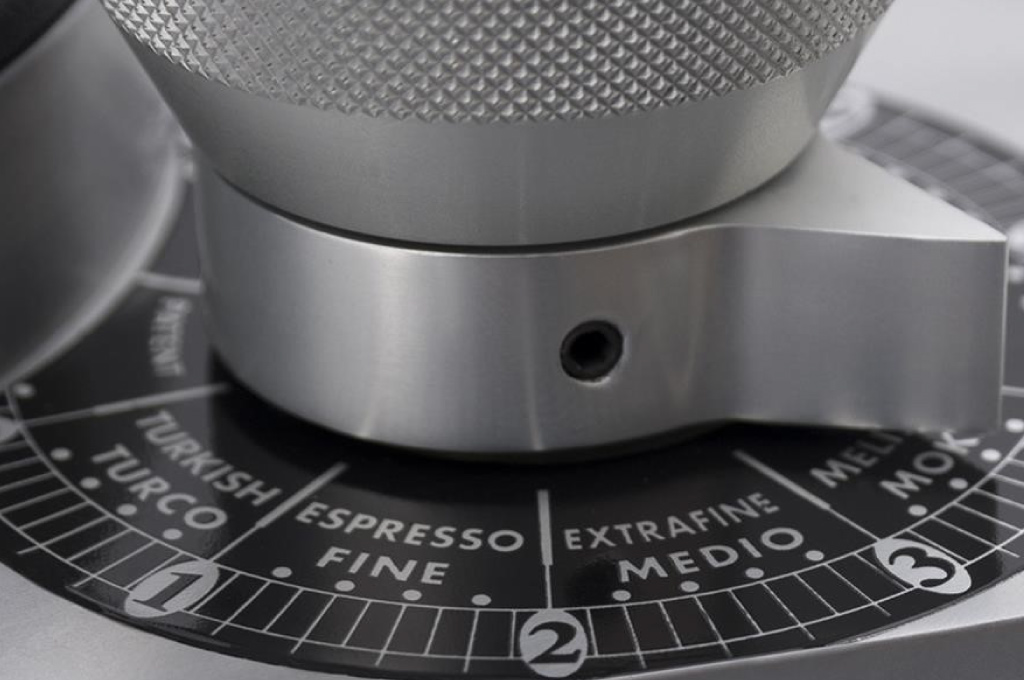
Even the materials matter a lot, to ensure durability, they must always be of quality. A plastic machine body necessarily lasts less than one made of metal. A practical example is found in the segment of smaller products; there are many grinders made of poor materials on the market, and the consequence is that, a short time from the purchase, the performance of the product easily begins to degrade. Relying on quality models is therefore often the best choice, regardless of the size of the grinder we choose.
Another key feature is the design. Let's not forget that the coffee grinder will be clearly visible to the bar’s customers, positioned behind the counter. The pleasantness of the form, combined with a great functionality, is therefore an inescapable requirement.
Conclusions
Choosing an electric coffee grinder for your bar can sometimes be confusing. There are various aspects to consider, from the amount of coffee you want to get to the type of burr preferred. If you make hundreds of cups every day for a passing clientele, you will choose a different type of grinder than if you are interested in the proposal of specialty coffee or mono-origins.
If customers do not ask for anything other than espresso, it will not make sense to focus on grinders that also produce grounded coffee per the filter. Each of these considerations must be evaluated not only in itself, but also in relation to all the others.
There is one last, very important variable that we want to mention; an aspect that in a certain sense encompasses all the others, completes them and integrates them with each other: the choice of the manufacturer to rely on. The purchase of a professional product, such as a coffee grinder, on which the result of what is proposed to the consumer depends, is always an act of trust, if not of faith.

